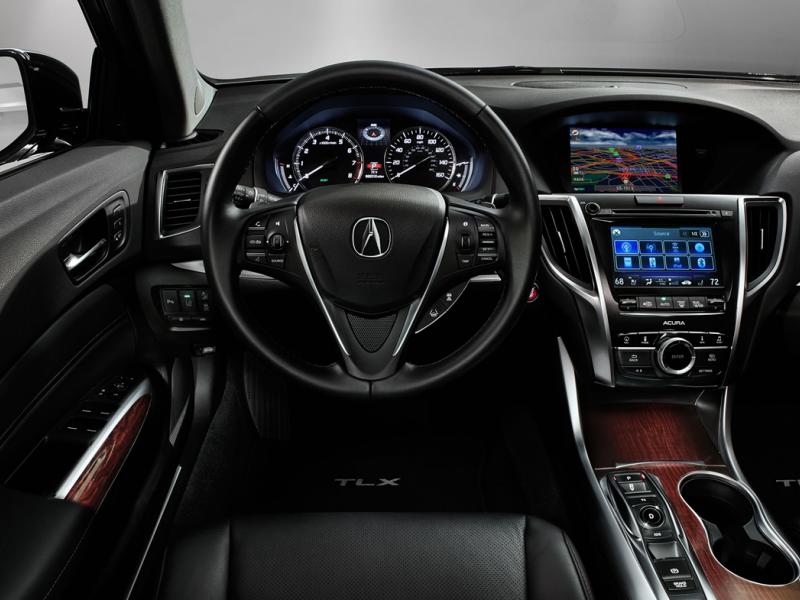Industry Pulse: Subaru dealer talks tsunami after-effects

Today’s post launches a new column, called Industry Pulse, to be featured here on Best Cars Guide each month. I will share insights gathered from leaders within the automotive community, focusing on current topics important both to the industry and to the consumer.
In light of the devastation that hit Japan less than two weeks ago, and the many concerns within the automotive community that followed, I wanted to get some answers from Subaru dealer and friend, Jeff Morrill. Located in Hanover, Mass., Planet Subaru is one of the largest Subaru dealerships in existence. Jeff and his brother, John, formed the company in 1998 – seemingly on a whim – and have turned it into the success it is today. Below is what Jeff wrote in response to the questions that I had regarding the current state of Subaru as an automaker, how the tsunami has impacted business, and his outlook as a dealer:
There are many heavy hearts in Japan and around the world. The Japanese will grieve, but they will promptly return
to the economic activities that support their families and their national economy. History has shown the Japanese to be hardy and resilient.
Subaru has been very communicative about the status of its production, but the situation is fluid so it’s difficult for them to make definitive predictions about the dates when they can resume production. Subaru is currently continuing its suspension of production in Japan until March 24th. (Foresters and Imprezas are manufactured in Japan). Subaru has also cut its overtime shifts at its North American plant in Lafayette, Indiana to conserve parts. (The Legacy, Outback, and Tribeca are manufactured in Indiana).From my perspective as a Subaru dealer, here are the factors governing the return to normal production:
- The modern global economy is vastly interconnected—an Outback manufactured in Indiana goes nowhere without the drivetrain shipped from Japan.
- With tens of thousands of parts in a vehicle, the deficit of just a few can strangle production. Subaru is affected by the ability of its suppliers to produce and ship parts through a compromised transportation infrastructure in Japan.
- Lean manufacturing practices and “just in time” supply chain management means that there are no warehouses filled with parts that can be used while suppliers crank back up.
- Even though its plants and port were not affected by the earthquake, Subaru’s ability to obtain consistent electrical power is hampered by the damage to the nation’s power plants and grid.
- The Japanese people are very respectful. Even if they had all the power, infrastructure, and personnel in place, they would be cautious about too quickly resuming production while so many of their fellow citizens are sleeping in the cold and looking for food.
Whenever production in Japan resumes, probably in days or a week, it will not be at full capacity. To date, shipments of new Subaru vehicles to Planet Subaru have not been affected. With several weeks of lost production, and potentially months of production at reduced capacity, we expect to see some modest shortages this spring. Some customers are asking questions about the impact of shortages on prices, but there has been no stampede to buy now. Perhaps as weeks go by and the media continue to report on the shortage of certain vehicles, we might see a greater sense of urgency among near-term buyers to pull the trigger before inventory dries up.
We have seen an increase in the prices of used Subaru’s at auction since the earthquake. It was already frothy, as the overall economy has been improving and the supply of used vehicles is simply smaller than the availability. Perhaps some Subaru dealers are pursuing used Subaru’s more aggressively because they are concerned that they will not be able to get all the new Subaru’s that they need.In any event, the challenges we face managing our inventories pale in comparison to the challenges that Japan faces as it rebuilds after the disaster.




